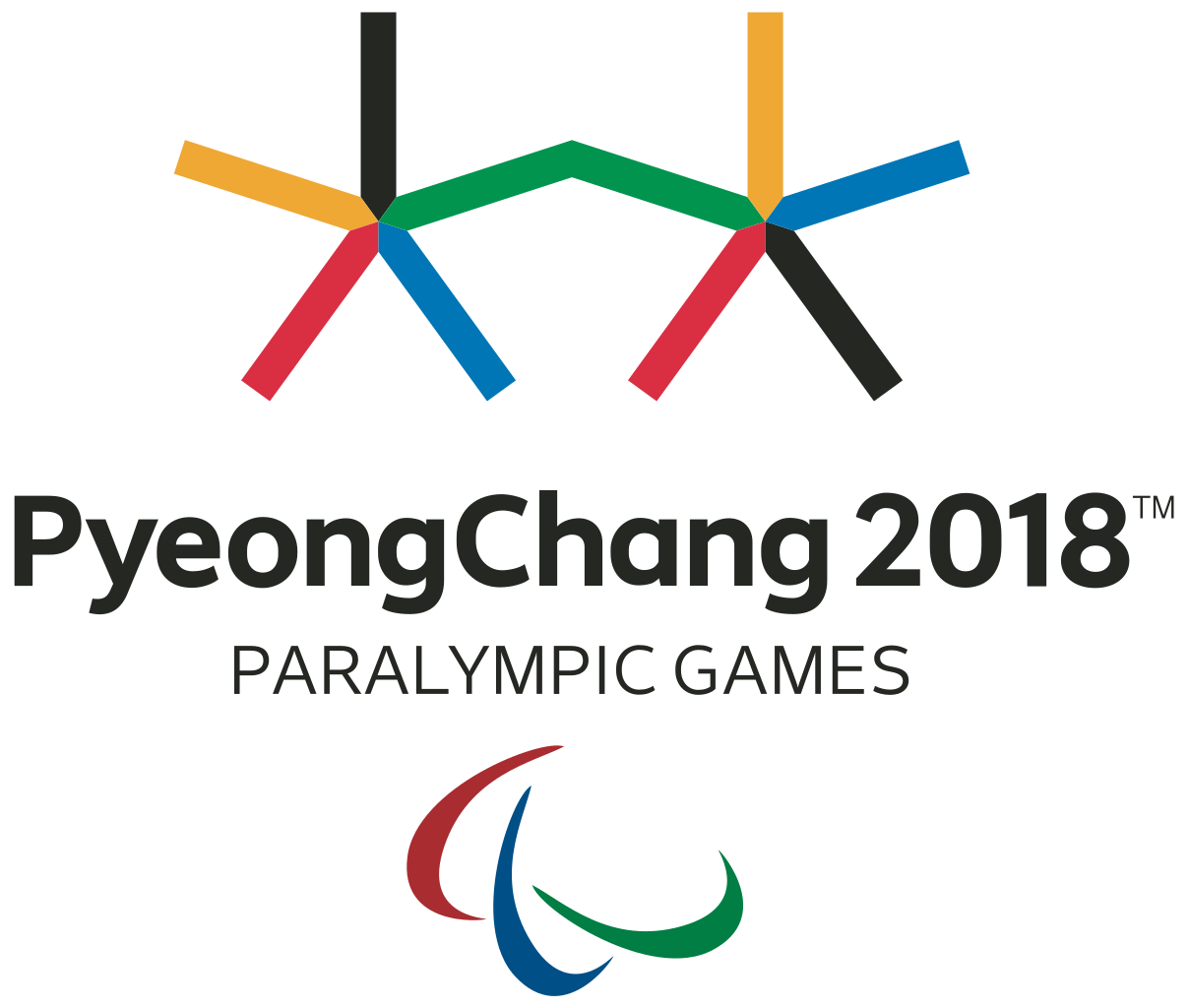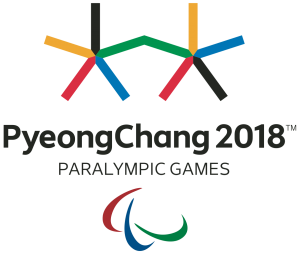
By Tayla MacPherson
As the hype and the excitement of the Olympics occur every four years, the Paralympic athletes are often forgotten and receive much less media attention compared to Olympic athletes. The men’s sled hockey team has won the last three Olympic gold medals in a row yet is rarely discussed within the realm of United States athletic accomplishments.
The United States competed in the Paralympic games in South Korea and took down longtime rival Canada in the finals.
The general manager of the team, Dan Brennan, explained the experience of being in South Korea for the Winter Games: “Right up until the end there was this light cloud of pressure to three-peat. It was over-talked about to the point where … usually I don’t think about stuff like that at all but it was kind of always out there. The players, especially two months leading up to the games made a massive commitment and it certainly paid off.”
The 2017-2018 team was comprised of 17 players, ranging in age from 19 to 37 years old. Rico Roman (Portland, Oregon), a 37-year-old forward on the team, is a two-time gold medalist with the United States Sled Hockey team. Roman explained the atmosphere at the games during the gold medal match against Canada: “The gold-medal match was a nail-biter. … After Declan [Farmer] put one in pushing us to continue into overtime, we definitely felt pretty strong after that. You could feel the whole momentum shift during that game. Hearing the crowd just roar was really great,” Roman said.
The Paralympics are much shorter in length than the Olympics. Some may argue this is due to the smaller population of Paralympic athletes; however, the men’s sled hockey team competed in almost the same amount of games as the Olympic hockey team. Brennan discussed the challenge of having less time to compete: “I thought whoever put the schedule together could have done a better job, especially with those teams that are fighting for the fifth, sixth, seventh spot. I know the guys from Czech Republic who have such a great staff of people were real disappointed that they had to play four games in a row. No able-bodied team would ever have to do that, let alone players with disabilities. So, he felt like he put some of his players in harm’s way of injury, and he’s right,” Brennan said.
Most citizens of the United States are not aware of the specific accolades and accomplishments Paralympians have received because of the lack of media attention. Roman explained his thoughts and disappointment to the lack of reporters at different sled hockey events during the winter games. “There were so many available spots for reports and media outlets, reporters, yet not very many showed up and it’s a shame because whether it is the Paralympics or Olympics everyone is really pushing themselves to be the best and bring back gold. It did not feel like we received the same kind of coverage,” Roman said.
Amy Hackett, the University of Puget Sound’s athletic director, shared insight from an outside perspective with a great amount of knowledge of marketing and promoting sports. “Winter sports are generally more challenging to promote because there is a less of a connection between the athlete and fans. During most winter sports most of athletes’ faces are covered up, which contributes to the lack of connectivity between the athletes and the fans,” Hackett said.
There are many things the Paralympic and Olympic committees can focus on to improve the media attention for Paralympic teams and decrease the negative stereotypes that are thought of when discussing para-athletes. Erin Brosnan (Reno, Nevada), a student-athlete and education minor at the University of Puget Sound gave an outside perspective on the advertisements used before and during the winter games for both the Olympics and Paralympics. “The main commercial I saw for the Olympics was the Visa ad that depicted Olympians on their journey to the Olympics, working hard while no one was watching, and getting items, with their Visa of course, to help them along their journeys of hard work and determination and massive time commitment to their training. The main commercial I saw for the Paralympics was the Toyota “Good Odds” one which was more of a depiction of Paralympics athletes getting over the everyday challenges of a disability and defying the odds of survival and the hopes of doing things like walking normally, let alone being amazing athletes,” Brosnan said.
Consequently, there are many United States citizens with physical or mental disabilities that are not aware of the wide variety of Paralympic sports that occur every four years. According to the U.S.A. hockey website, Roman lost his left leg after serving in the U.S. Army in Iraq in February 2007 and continues to be a hero even with a missing limb. Roman discussed his yearning for others to learn more about Paralympic sports.
“There could be tons of other veterans or people with disabilities who do not know about the sport, and that’s where it’s important to get it out there and share the sport with everyone. For the people who do know about the sport are definitely 100 percent behind us and you can feel that wherever we practice or play. But if we can continue to push it and get more people aware of the sport it can only get bigger,” Roman said.
Like Brosnan described, para-athletes are usually not seen as heroes or icons of our country, yet Olympians are. However, some may argue that Paralympians are accomplishing far more significant accomplishments because of the challenges they are faced with, proving their heroism and extreme commitment to the sports they love. The world must start discussing para-athletes more in the context of strength and bravery to improve the sports’ press and allow others struggling with disabilities to know that they in fact can be a symbol of strength, too.

